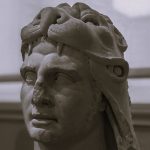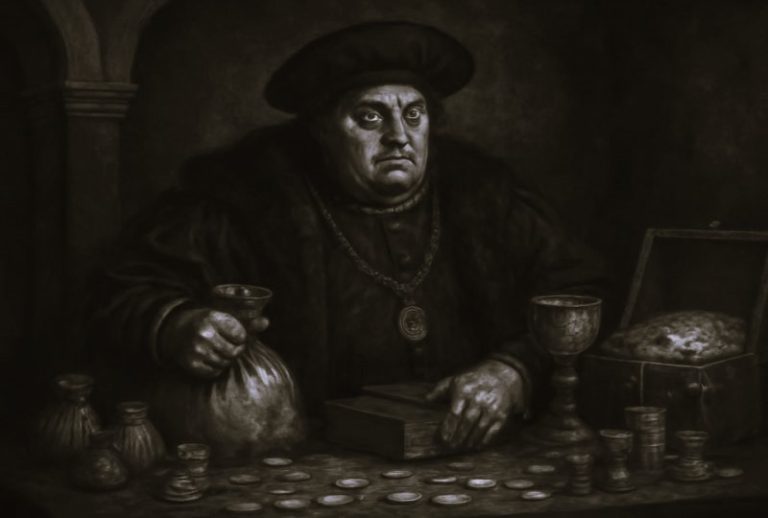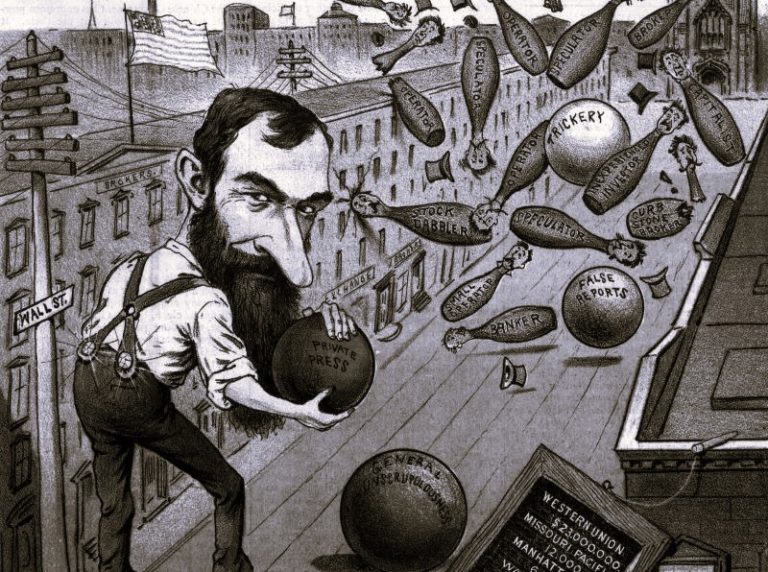
Introduction
As a religion of the book, Christianity established its roots and spread its message through texts. Manuscripts were as mobile as the missionaries who converted the pagan people in the name – and with the Word – of God. They disseminated the teachings of the early Church, reinforced its political and cultural expansion, and enhanced the image of rulers who had embraced the new faith.
The manuscripts displayed in this first section of the exhibition offer fascinating insights into the early history of Christianity in the Latin West. They preserve tangible evidence about its spread from Rome to Canterbury and from Ireland to the Court of Charlemagne.
The Gospels of St Augustine of Canterbury – Italy or Gaul (Sixth Century)

Christianity came to England with this small book. It is the earliest medieval illuminated manuscript known to have been in this country. A long-established tradition maintains that it was brought by St Augustine of Canterbury in 597, when he came to convert the English. It was certainly in England by the late seventh century. The pictorial narrative illustrates twelve scenes from Christ’s Passion drawn from the four Gospels: the Entry into Jerusalem, the Last Supper, the Agony in the Garden, the Raising of Lazarus, the Washing of the Feet, the Betrayal, Christ before the High Priest, Christ before Pilate, Pilate washing his hands, the Mocking of Christ, and Christ carrying the Cross.
Gospels of St Luke and St John – England, Northumbria (Early Eighth Century)

In principio erat verbum, ‘In the beginning was the Word’. The first four words of the Gospel of St John are set in a design of exceptional beauty and sophistication. It is representative of the symbiosis between text and image, between the decorative and the symbolic, that characterised the most sumptuous Insular manuscripts produced between the seventh and ninth centuries, such as the Lindisfarne Gospels and the Book of Kells. The opening page of St John’s Gospel and the image of his symbol, the eagle on the previous leaf, are all that survives from the rich decoration of what was once a complete Gospel Book.
The Book of Cerne – England, Mercia (820-840 CE)

The middle portion of this manuscript dates from the ninth century. It is a highly personalised compilation intended for private prayer and meditation. It contains extracts from the four Gospels and a variety of devotional texts in Latin and Old English. Each Gospel is introduced by a composite design conflating Insular and Continental iconographic sources. The manuscript is displayed at the opening of St Mark’s Gospel, showing the Evangelist with his symbol, the lion, and the Old English text written in a stylish and elegant Insular script.
Hraban Maur, Opus ‘in honorem sanctae crucis’ – Germany, probably Fulda (Mid-9th Century)

This poem was composed in praise of the Holy Cross by one of the most prolific and influential authors in the Empire of Charlemagne. Hraban Maur (d. 856) designed each page in the shape of a cross and laid out the text in the highly ingenious form known as carmina figurata, ‘figural poems’, and seen here in the Seraphim and Cherubim positioned around the Cross. Figures are grafted onto verses and individual phrases are shaped into geometric patterns to highlight key concepts in the poems, uniting words, images, and ideas. A number of deluxe copies of the poem associated with ninth-century Fulda were made for illustrious patrons, such as Pope Gregory IV and Emperor Louis the Pious. The exceptional quality of this manuscript suggests a similarly distinguished owner.
Epistle Lectionary – Alemannia, St Gallen (c.970 CE)

This manuscript, containing excerpts from St Paul’s letters for reading at major feasts, is one of the most important for the history of the Western liturgy. It is of such expert and lavish decoration that it must have been intended for a wealthy ecclesiastic or a royal chapel. Elaborate initials and rich floral or geometric frames mark important feasts, such as Christmas or Easter. The large and stately Caroline minuscule written in pure gold or silver, and the pages painted deep purple to emulate volumes produced at the courts of the late Roman and the Byzantine Empires, are only found in the most sumptuous Carolingian and Ottonian manuscripts.
The Southampton Psalter – Ireland (End of the Ninth Century)

The Psalms were at the heart of medieval religious practices. This manuscript was intended for liturgical use, but was also thoroughly studied, as the numerous annotations in both Latin and Old Irish reveal. As is customary for Irish Psalters, the 150 Psalms are divided into three groups of fifty. The beginning of each group is signalled by a full-page miniature facing a text page with an ornamental initial and a rich interlaced frame. This highly stylised representation of David and Goliath introduces Psalm 101.
Originally published by The Fitzwilliam Museum, Cambridge, under the terms of a Creative Commons Attribution-NonCommercial-NoDerivs 3.0 Unported license.







